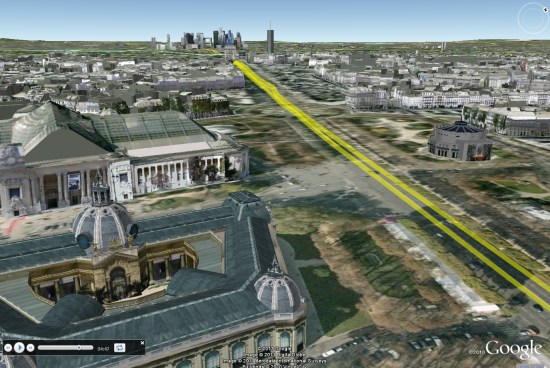The 2011 Tour de France has recently gotten underway, and Cycling the Alps has built some fun tools to help you see the conditions that the riders are up against.
We’ve shown you some of their work in the past, such as the great games that they added to the site earlier this year. Now they’ve combined that technology with the Tour de France and the result is quite cool.

They’ve gone through and created 3D tours, Streetview tours, profiles and games for every leg of the race. It’s quite an impressive list. Here are a few of the highlights to look for:
There are two stages in the Massif Central which are going to be very challenging, including the last two climbs in this stage: Col de la croix Saint Robert and Super-Besse Sancy.
In the Pyrenees and the climbs of this stage are epic. The Tourmalet is the most famous one but Luz-Ardiden gets a lot of attention in the media as well.
Stage 14 in the Pyrenees is probably the most difficult stage in the race, with six significant climbs.
This years tour is celebrating 100 years of high mountain stages, and every race featured a climb of the Col du Galibier. This year they’ll be climbing the pass two times; once from each side. In stage 18 they will even finish on the Galibier. This is the highest stage finish in the history of the Tour de France.
The next day they will climb the Col du Galibier from the other side, and all three climbs on the 19th stage are legendary.
There’s an amazing amount of info on this site about the Tour, and the games make it fun to ride around on each stage. Congrats to the CTA team for putting this all together.